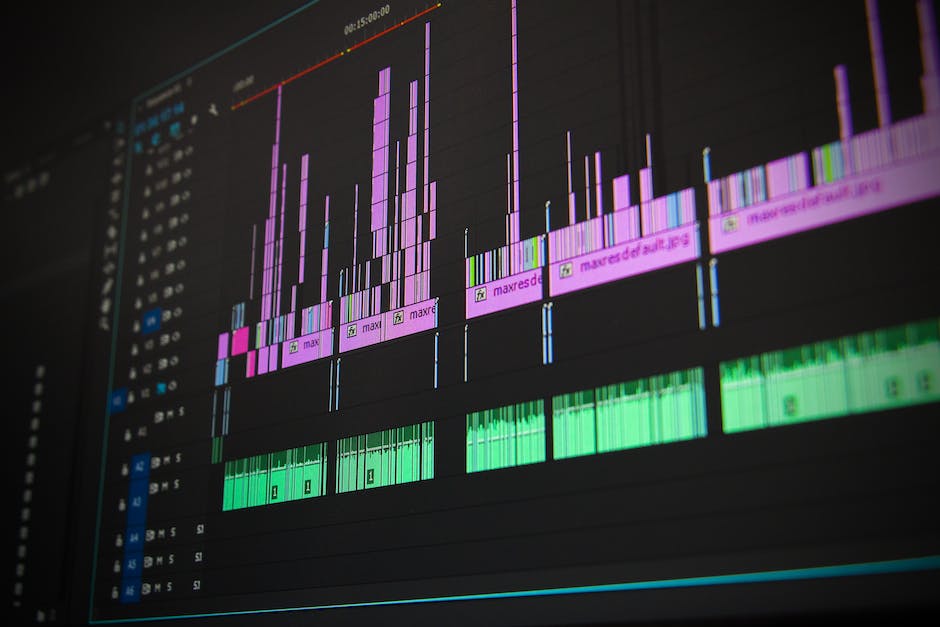Creating Cinematic Magic: Video Production Techniques is a comprehensive guide that delves into the world of film and video production. It explores the various techniques and strategies used by professionals to create high-quality, cinematic videos. From pre-production planning to post-production editing, this guide covers all aspects of the video production process. It provides insights into the use of camera angles, lighting, sound, special effects, and storytelling methods to create visually stunning and engaging content. This guide is an invaluable resource for aspiring filmmakers, video producers, and anyone interested in the art of cinematic storytelling.
Mastering the Art of Cinematic Magic: Advanced Video Production Techniques

Creating cinematic magic is no small feat. It requires a blend of creativity, technical prowess, and a deep understanding of storytelling. Advanced video production techniques are the tools that filmmakers use to craft their stories, bringing their visions to life on the big screen.
Let’s start with the basics. Every film, regardless of its genre or budget, begins with a script. This is the blueprint for the entire production, outlining the plot, characters, and dialogue. But a script is more than just words on a page. It’s a guide for the director, actors, and crew, helping them understand the story’s tone, pacing, and visual style.
Once the script is finalized, pre-production begins. This is where the director and their team start to visualize the film. They create storyboards, scout locations, and design sets. They also cast actors, plan the shooting schedule, and gather all the necessary equipment. Pre-production is a crucial phase, as it sets the stage for the actual filming.
When it comes to shooting, there are several advanced techniques that can elevate a film from good to great. One of these is the use of different camera angles and movements. For example, a high-angle shot can make a character seem small or vulnerable, while a low-angle shot can make them appear powerful or intimidating. Similarly, a tracking shot can follow a character as they move through a scene, creating a sense of dynamism and fluidity.
Lighting is another key element in video production. It can dramatically affect the mood and atmosphere of a scene. For instance, soft, diffused light can create a romantic or dreamy effect, while harsh, direct light can create a sense of tension or danger. Filmmakers often use a combination of natural and artificial light to achieve the desired effect.
Sound design is also crucial in creating cinematic magic. It includes everything from the dialogue and music to the sound effects and ambient noise. Good sound design can enhance the storytelling, adding depth and dimension to the visuals. For example, the use of diegetic sound, which originates from within the film’s world, can make a scene feel more realistic and immersive.
Post-production is the final stage in the video production process. This is where all the footage is edited together, and the sound, music, and visual effects are added. Advanced techniques like color grading can be used to enhance or alter the film’s visuals, while sound mixing can balance the various audio elements.
In the end, creating cinematic magic is all about storytelling. It’s about using advanced video production techniques to craft a compelling narrative, one that engages the audience and evokes emotion. Whether it’s a blockbuster action film or a small indie drama, the goal is the same: to tell a story that resonates with viewers, leaving them moved, inspired, or simply entertained.
So, the next time you watch a film, take a moment to appreciate the artistry and craftsmanship that goes into every frame. From the script to the screen, it’s a complex process that requires skill, patience, and a whole lot of creativity. And that, in essence, is the magic of cinema.